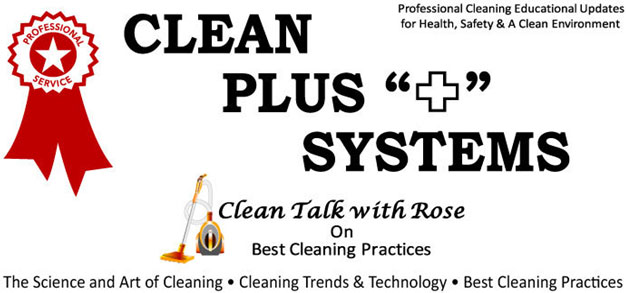Clean Talk with Rose
By Rose Galera, CEH
Hawaii Hospitality Magazine, Sept/Oct 2011
Aloha Rose,
Managing a hotel housekeeping department requires many details when directing and communicating with employees. I feel that I need to have basic tasks and processes put to writing, to meet ESL (English as a Second Language) and cultural diversity needs. Please share any information or ideas that will help.
Thanks, Andi
Aloha Andi,
Your plight is very much understood. Because of the many details, tasks and various duties required in cleaning for health, safety and best results in a hotel, putting information to writing ensures a smoother running operation.
Years ago I developed a “need to know and must have available” technical information list of various basic and daily cleaning processes covering the what, why, when and how of it all. The list consisted of the following: guest room and bathroom cleaning; public restroom cleaning; carpet cleaning and spotting processes; dusting techniques; dust mopping; dry, damp and wet mopping; odor control cleaning; sanitizing of drinking glasses; stripping, sealing and finishing of hard floors; window, glass and mirror cleaning; vacuuming processes; bed making process; VIP night turndown; trash removal; chemical usage and control, safety and more.
Putting such a manual together can initially be time consuming, but once accomplished, it will have a positive impact on the morale, motivation, quality and productivity of the department. As a writing tip, apply “KISS,” keep it simple and short. There are cleaning books written today that may also be helpful. Don Aslett, a cleaning guru, authored several excellent cleaning books that can be searched for on the Internet.
Another training tool developed for a cleaning operation called “A Pail Full of Training,” may also be helpful. My web site, www.rosegalera.com, will take you to that information.
Good Luck and Happy Writing!
Rose Galera, CEH

